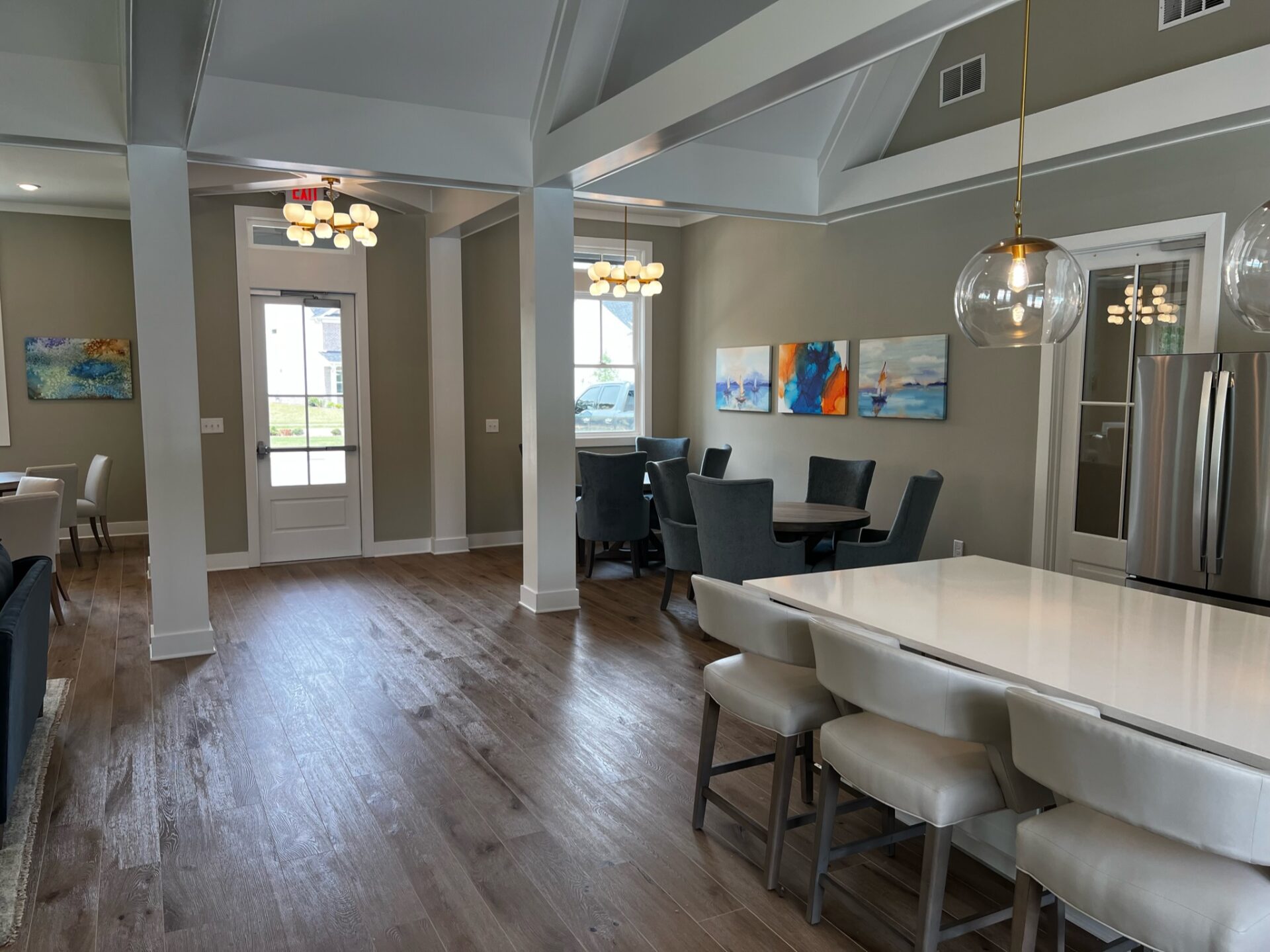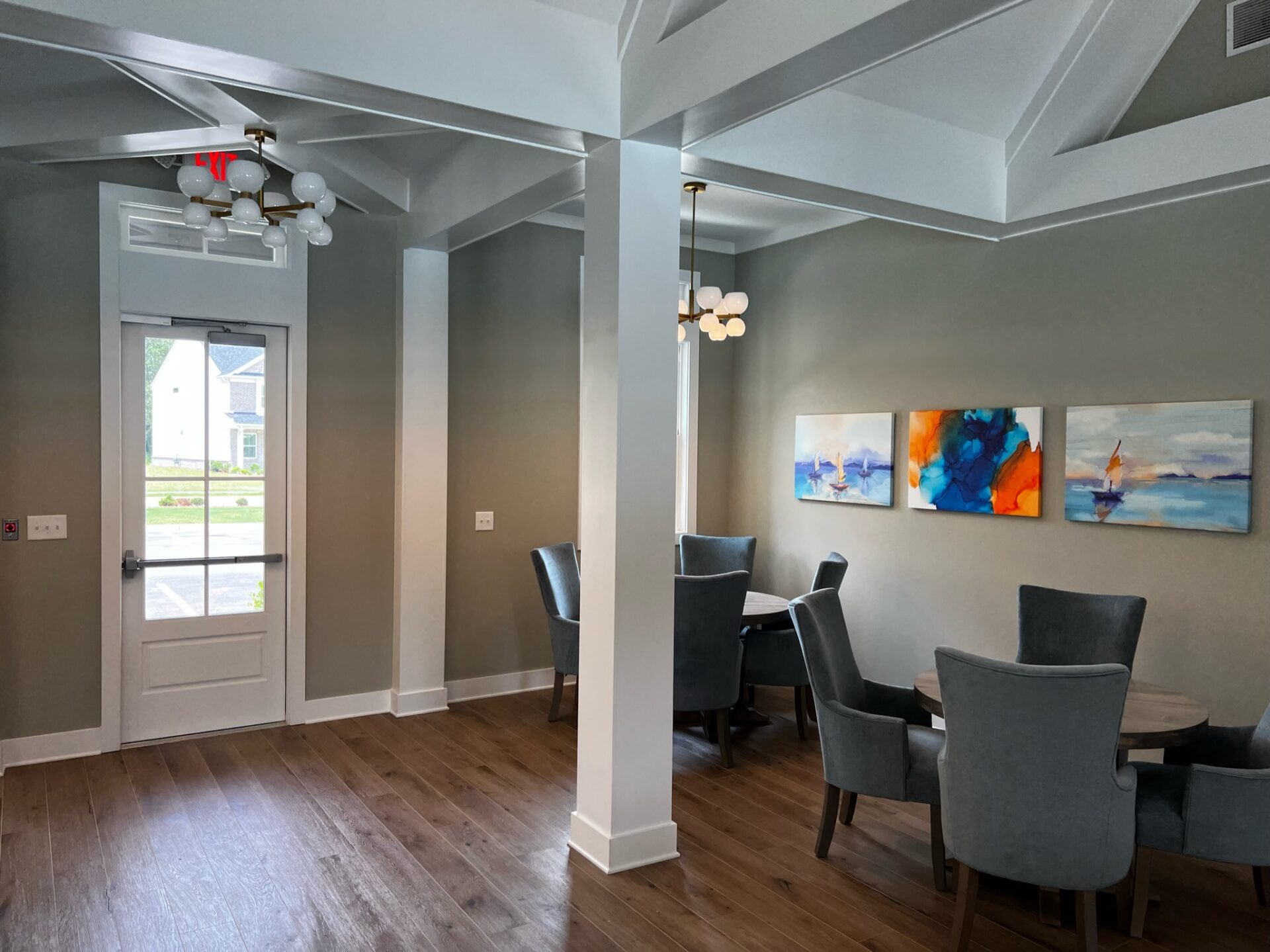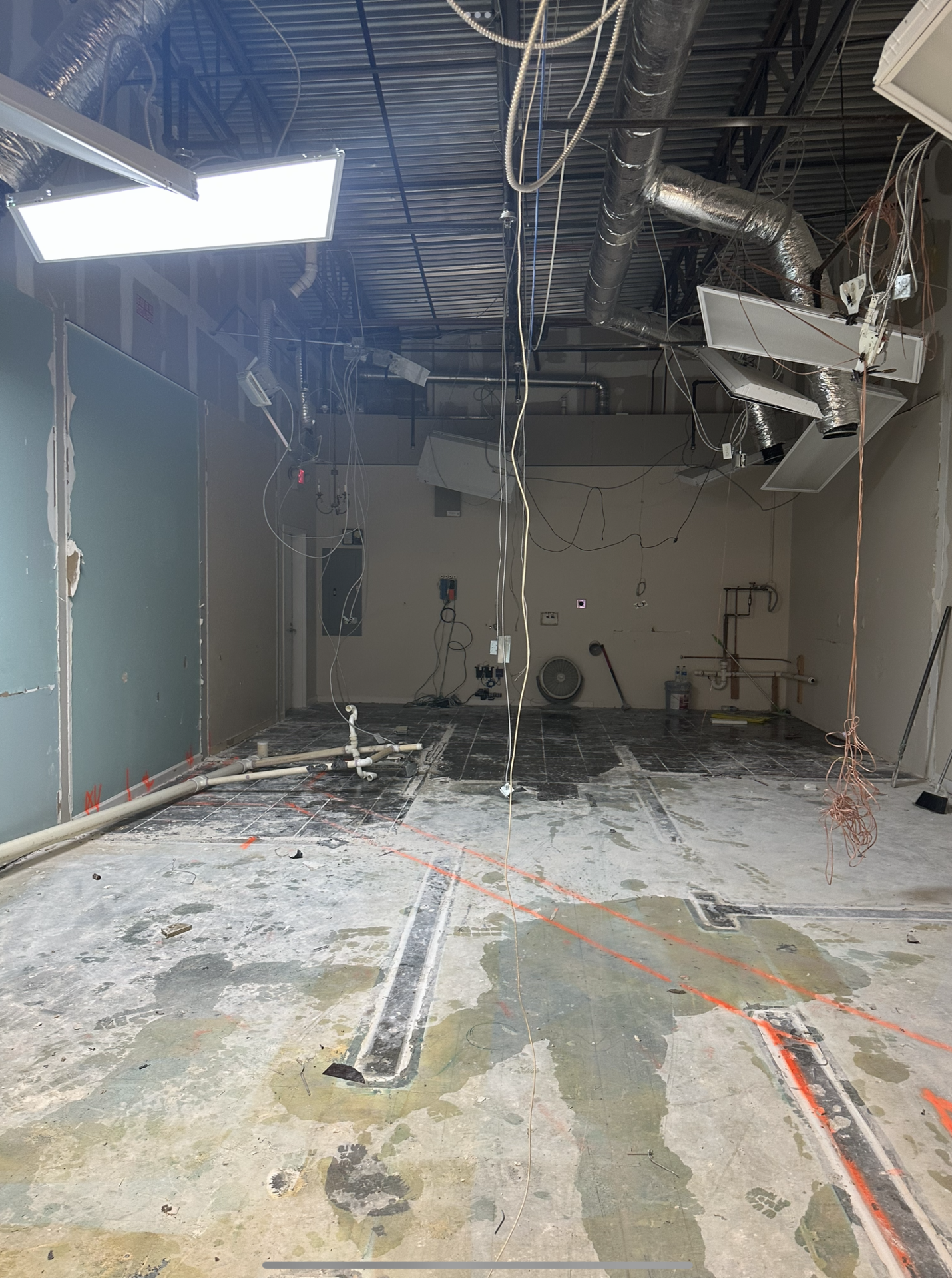Introduction
Creating productive office spaces is more than just putting desks and chairs in a room. A well-designed office impacts how employees feel and how well they work. Simple changes in layout, furniture, and lighting can make a big difference in productivity. Understanding these elements can help transform your workspace into a place where employees thrive.
1. Optimal Office Layouts
Open Spaces vs. Private Offices
Choosing between open spaces and private offices can shape productivity and work culture. Open spaces encourage collaboration, making it easy for employees to communicate and share ideas. These layouts often foster a sense of teamwork and can make staff feel more connected. However, open-plan offices can sometimes be noisy and distracting, which might hinder focus on tasks that require concentration.
On the other hand, private offices provide quiet and privacy, making them ideal for focused work and confidential meetings. They offer a personal space where employees can work without interruptions. The downside is that private offices can isolate staff, reducing opportunities for spontaneous collaboration. Weighing the pros and cons of each layout is crucial in creating a balanced office environment that meets the needs of all employees.
Flexible Workstations
Flexible workstations offer a middle ground between open spaces and private offices. These adaptable setups can be adjusted based on the task at hand or the preferences of the users. For example, desks can be rearranged to form a collaborative workspace for team projects or separated for individual work.
Flexibility in workstations also includes providing various types of seating arrangements, such as standing desks, shared tables, and even lounge areas. These different stations can cater to various tasks and work styles, enhancing overall productivity. Implementing flexible workstations allows for a dynamic office environment that can easily adapt to the changing needs of the business and its employees.
2. Ergonomic Furniture Choices
Benefits of Adjustable Desks
Adjustable desks are a game-changer for employee comfort and health. These desks can be altered in height, allowing employees to switch between sitting and standing throughout the day. This flexibility helps reduce the strain on the body by promoting better posture and movement. Studies have shown that using adjustable desks can lessen the risk of back pain and other musculoskeletal issues.
Moreover, the ability to stand while working can boost energy levels and enhance focus. Employees with access to adjustable desks often report feeling more comfortable and productive. Providing these desks is a simple yet effective way to improve the working environment and contribute to the well-being of your staff.
Choosing Supportive Chairs
Supportive chairs are essential for maintaining comfort and productivity in the office. An ergonomic chair supports the natural curve of the spine, providing necessary lumbar support and reducing the risk of back pain. Features to look for include adjustable seat height, armrests, and backrests. These adjustments ensure that each chair can be tailored to fit the individual user’s body and preferences.
Good office chairs should also have adequate cushioning and breathable fabric to enhance comfort, especially during long work hours. Investing in high-quality, supportive chairs can significantly improve employee satisfaction and prevent health issues related to prolonged sitting. By prioritizing ergonomic furniture choices, you create a more comfortable and efficient workspace.
3. Enhancing Natural Light
Strategic Window Placement
Natural light can significantly enhance productivity in a workspace. Strategic window placement is key to maximizing daylight. By positioning windows where they can capture the most sunlight, you can flood the office with natural light. This not only reduces the need for artificial lighting but also creates a pleasant work environment. Sunlight boosts mood and energy levels, helping employees feel more awake and motivated.
It’s also important to consider window coverings that allow control over the amount of light entering the room. Blinds or shades can offer flexibility, enabling workers to adjust light levels as needed. Balancing natural light with the right placement of windows can transform a dim office into a bright, inspiring space.
Use of Glass Partitions
Glass partitions are another excellent way to enhance natural light in the office. Unlike solid walls, glass allows light to flow freely through the space. Using glass partitions can eliminate dark, enclosed areas and make the office feel more open and inviting. Besides, glass walls can provide a sense of privacy while still maintaining a bright and airy atmosphere.
In addition to letting light in, glass partitions can also help with sound control. Special acoustic glass can keep noise levels down, offering a quiet working environment without sacrificing natural light. Incorporating glass partitions is a smart choice to enhance both the functionality and aesthetic appeal of the office.
4. Incorporating Relaxation Areas
Break Rooms and Lounges
Providing dedicated spaces for breaks and relaxation is crucial for employee well-being. Break rooms and lounges offer a place for employees to unwind and recharge. These areas should be comfortable and inviting, with amenities like cozy seating, refreshments, and entertainment options.
A well-designed break room can also encourage social interaction, helping to build a sense of community among employees. Casual conversations and informal meetings in these spaces can foster relationships and boost team morale. Including break rooms and lounges in your office design shows that you value your employees’ comfort and well-being, which can lead to higher satisfaction and productivity.
Quiet Zones for Focused Work
While collaborative areas are important, quiet zones are just as essential. These spaces provide a retreat for employees who need to focus on tasks without distractions. Quiet zones can be equipped with comfortable seating, desk space, and soundproofing materials to create a peaceful environment.
These zones can also be used for activities that require concentration, such as reading, planning, or brainstorming. Having designated quiet areas supports different working styles and needs, making the office more adaptable to various tasks.
Conclusion
Creating a productive office space involves thoughtful planning and design. From optimal layouts and ergonomic furniture to enhancing natural light and incorporating relaxation areas, each element plays a vital role. These simple ideas can transform your office into a space where employees feel comfortable and motivated.
Ready to upgrade your office space? Contact us at Robert Long Construction to learn how we can help you create a productive and inspiring workplace. Our experts are here to guide you through every step of the office building construction process.




